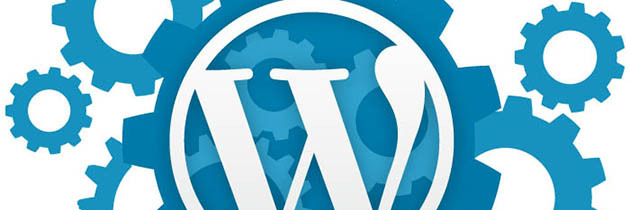One of the things that seems to put people off using the WordPress software on their own site (as opposed to the hosted WordPress blog site) is the technical side of the process involving WordPress templates and themes. There’s a lot of talk about code, PHP, CSS and plenty of other confusing abbreviations that don’t mean a lot to many people! This is unfortunate, as a WordPress blog can make such a big impact on web pages, and can even be used as a standalone website once you get your domain name and hosting sorted out.
Understanding the way WordPress works, installing the software, and figuring out how the templates fit in to themes does require a bit of techie know-how. It is not as hard as it first appears though, and thankfully, for those of us who are a bit technically challenged, there are some excellent guides and resources that can help make the process a whole lot smoother.
The WordPress templates are the backbone of the themes used to build the WordPress blog pages. Themes come in all manner of styles and designs, and can be customized by altering the layouts, installing WordPress plugins and by adding or changing the templates. WordPress templates are basically just a bunch of files that together make up the themes for your WordPress blog site. Generally, a default set of templates for WordPress themes would include some of these essential files:
 index.php – this is the main template file for your WordPress blog
 header.php – the header template
 footer.php – the footer template
 page.php – for creating WordPress pages
 single.php – for creating WordPress posts
 sidebar.php – the WordPress blog page navigation
 style.css – the stylesheet that makes up the layout for your WordPress blog.
These are just the basics; there are many more WordPress templates that can be added to customize your blog; for example, links, search forms, archive posts and WordPress blog comments.
Another confusing aspect for some people is the mention of template tags. Again, these are not as difficult to understand as they first seem. They are basically just bits of code to help the WordPress templates to perform their job properly. The tags within the templates contain the instructions to make your WordPress blog a cleverly designed set of pages!
One of the great things about WordPress templates is that you can customize them to design individual blog pages as well as post pages. The pre-defined templates will usually apply to all the pages on your WordPress blog, but you can add, remove or change the other template files to create unique items on each page.
If you consider the WordPress templates as the mechanics of the themes, you can hopefully begin to understand how they work together to create a WordPress blog.
